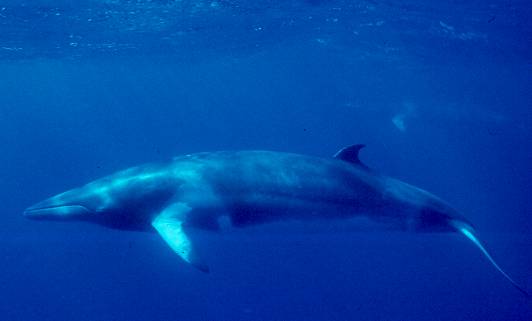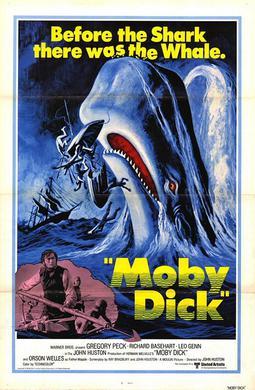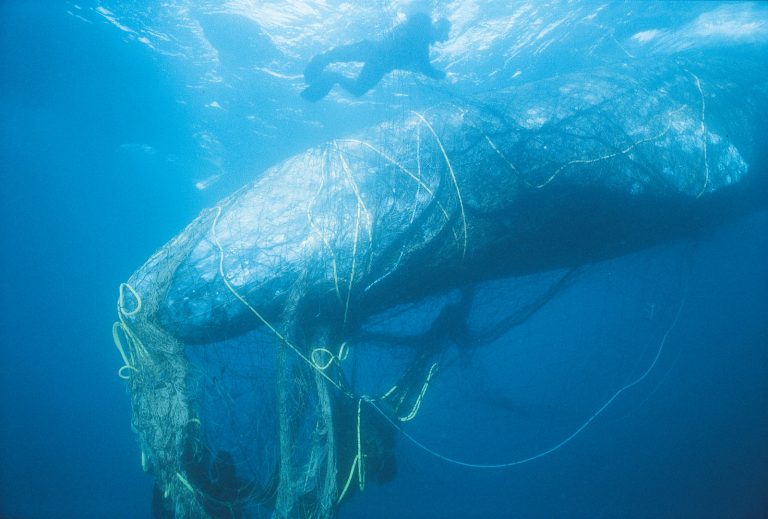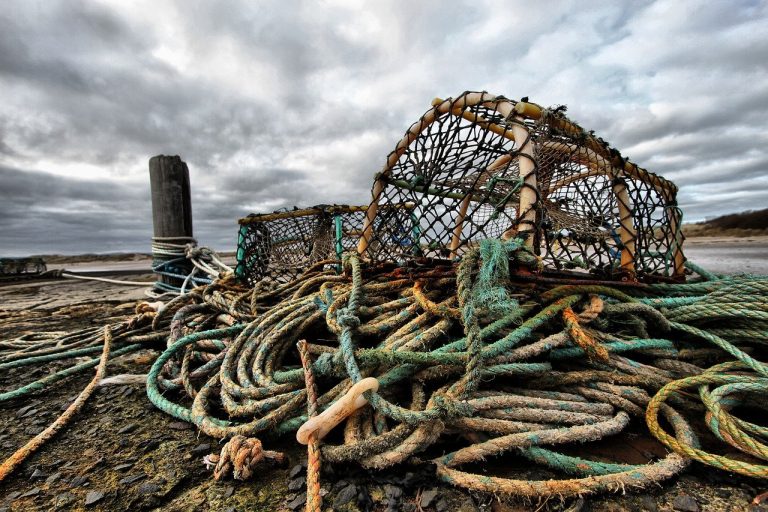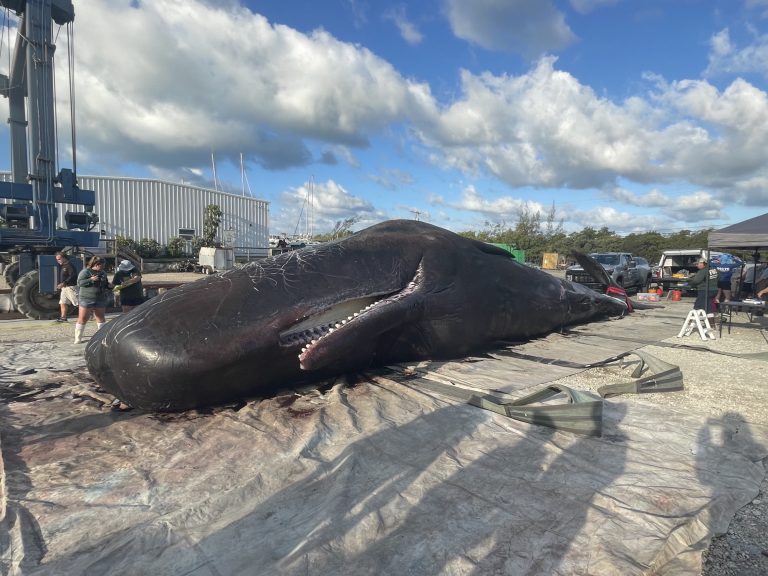Is Underwater Sonar Harmful To Whales Or Not?
The debate about underwater sonar and whales has been on for years now. Here are the facts.

The debate about whether underwater sonar is harmful to marine life or not, especially cetaceans, has been raging for long now.
Active sonar (sound navigation and ranging), is the transmission equipment used on ships to assist with navigation. But this becomes a problem for some categories of marine animals for example whales and dolphins. That’s because these creatures use echolocation, or bio-sonar systems, to locate predators and prey.
It appears that active sonar transmitters can confuse these animals and even interferes with some of their basic biological functions like feeding and mating. Taking just whales for instance, the problems they experience from sonar interference can be as severe as decompression sickness and subsequent death.
Let’s look at the facts regarding underwater sonar and whales below.
How Does Underwater Sonar Affect Whales?
Sonar systems were originally developed by the U.S. Navy to help detect enemy submarines. They work by generating slow-rolling sound waves through water. But these sound waves can be as high as 235 decibels. That’s even higher than some rock bands playing at their loudest; usually 130 decibels.
Also, these sound waves are designed to travel up to hundreds of miles under water. And they can sustain sound levels of up to 140 decibels many miles away from their source.
As you can imagine, such loud sounds sustained for so long is highly disturbing to whales and other marine life. In fact, studies now show that it’s closely related to the injury and death of several marine animals.
As a result of this theory, the use of mid to high frequency military sonar is implicated in several deaths of cetaceans.
Common effects of underwater sonar on whales and other sea life.
- Whales will swim hundreds of miles away from their feeding area to escape it.
- They rapidly and suddenly change their depth often leading to bleeding from the eyes and ears.
- Whales beach themselves to get away from the sounds of sonar.
- It disrupts their feeding and mating behavior.
- There is also evidence of whales displaying the symptoms of decompression sickness. A condition that forces nitrogen into gas bubbles in body tissues and is the result of rapid and prolonged surfacing. This kind of trauma caused by rapid changes of pressure is also called barotrauma.
Beaked whales and blue whales appear to be particularly sensitive to active sonar. Because of this sensitivity, they will attempt to quickly swim away from it.
Even Whalers Used Underwater Sonar To Hunt Whales
In a book called Among Whales by Roger Payne Published in 1995, there is an account of whalers using sonar to track whales they were pursuing underwater.
The whalers discovered that a frequency of 3,000 Hz caused the whales to panic. Consequently, the animals would be forced to surface more often than normal for air. This gave the whalers a better opportunity to harpoon and kill the whales.
Scientific Evidence Linking Underwater Sonar And Whales
The first time the negative connection between sonar and whales was made was in a paper published in The Journal of the Acoustical Society of America in 1996. The study showed evidence of acute gas-bubbles (a kind of skin lesion) indicating decompression sickness. The condition occurred in a number of whales that beached themselves not long after the start of a military exercise off the Canary Islands.
This incident occurred in September 2002.
It confirmed what scientists had suspected for long; sonar interferes with whales but especially military activities involving the use of sonar.
Another study by the Pelagos Cetacean Reserach Institue suggested the same thing. In this case, there was a stranding of 12 Cuvier’s beaked whales following a NATO military exercise off the coast of Greece in the mid-90s.
There are several other controlled experiments and publications that point to the same thing; sonar affects whales negatively
Several studies point to the harmful effects of mid to high frequency military sonar on whales.
Some Incidents Of Sonar-Linked Mass Whale Deaths
On a global scale, the use of active sonar is linked to at least 50 marine mammal strandings between the years 1996 and 2006.
Some of the most recent sonar-linked incidents include:
1) December, 2017. 600 pilot whales stranded on a New Zealand beach. Unfortunately, 400 of them died before help could arrive to push them back into the water.
2) February 2016. 29 sperm whales died on the coasts of France, Germany, and England, .
3) In late 2015, over 300 Sei whales died in a fjord in Chile.
4) June 2008. 26 dolphins of different species after a naval exercise near Cornwall, UK.
5) In January 2005, 34 whales comprising of three different species stranded themselves and died along North Carolina’s Outer Banks. This incident coincided with a nearby offshore Navy sonar training.
6) October 2005. 145 long finned pilot whales following an exercise by two minesweepers off Marion Bay, Tasmania.
7) In the Bahamas in 2000. 17 beaked whales stranded and 7 of them died after a sonar trial by the United States Navy. Environmental groups involved in the incident reported that some of the beached whales were bleeding from the eyes and ears. That was an indication of acoustically-induced trauma.
8) 12 Cuvier’s beaked whales beached themselves along the coast of Greece while NATO was testing an active sonar in 1996.
However, it’s very likely that even these figures are far less than the reality because many affected whales my be too sick to make it to land and end up dying at sea. Even the nonprofit the Natural Resources Defense Council (NRDC) supports this theory and has been campaigning vigorously to ban the use of such sonar in waters rich in marine wildlife.
Resulting Lawsuits From Sonar Testing
In 2003, the NRDC won a lawsuit against the U.S. Navy restricting it from using low-frequency sonar off the coast of California.
By 2005, NRDC teamed up with several other conservation groups in its fight against military sonar. This time, they teamed up with the International Fund for Animal Welfare (IFAW) and the Cetacean Society International, etc. They asked the federal courts to also restrict testing of more intense, harmful and far ranging mid-frequency sonar off the coast of Southern California.
Among the evidence they filed were Naval documents showing that the tests would kill approximately 170,000 marine mammals. Also, the test would cause permanent injury to at least 500 whales, and temporary deafness for at least 8,000 others.
However, the Navy appealed the ruling and got a 5-year cover to continue using some mid-frequency sonar testing for the sake of national security.
But just last year in July 2016, a Federal court stopped the U.S. Navy from the continued use of such sonar.
Other ships out at sea can also help whales by limiting the sound exposure or not using sonar at all when they detect these mammals nearby.
They can also avoid operating in parts of the ocean that are considered sensitive. Or, they can opt to use a slow ramp-up of sound intensity thereby giving whales a warning and enough time to leave the area.

